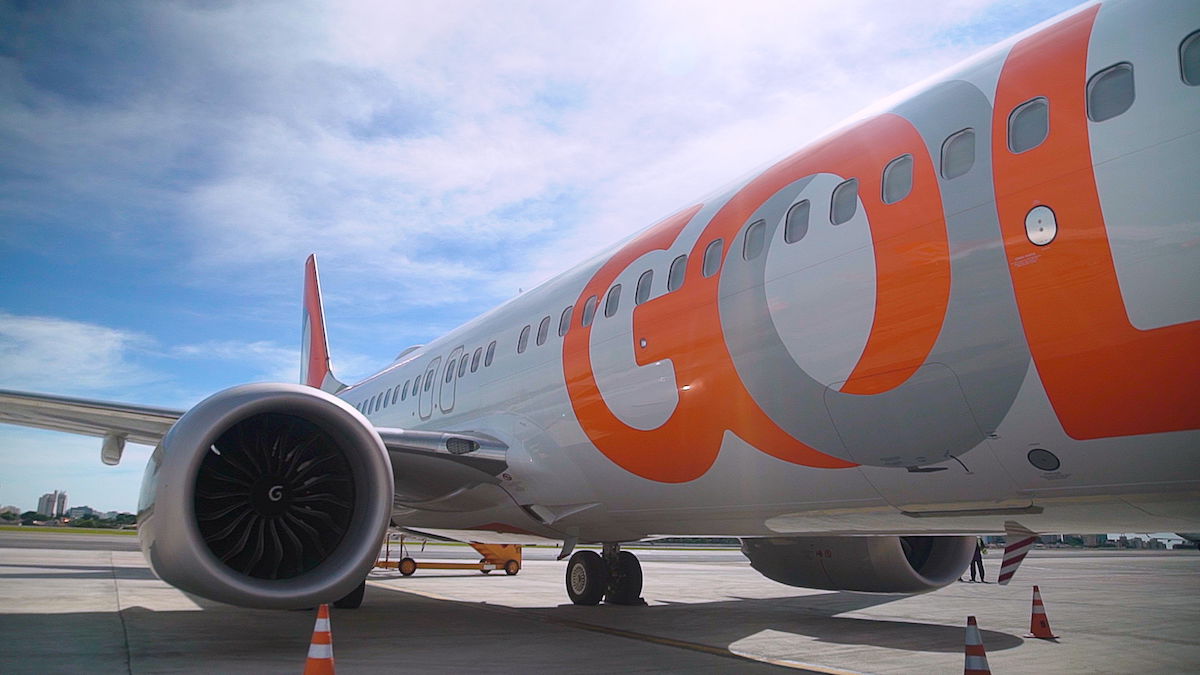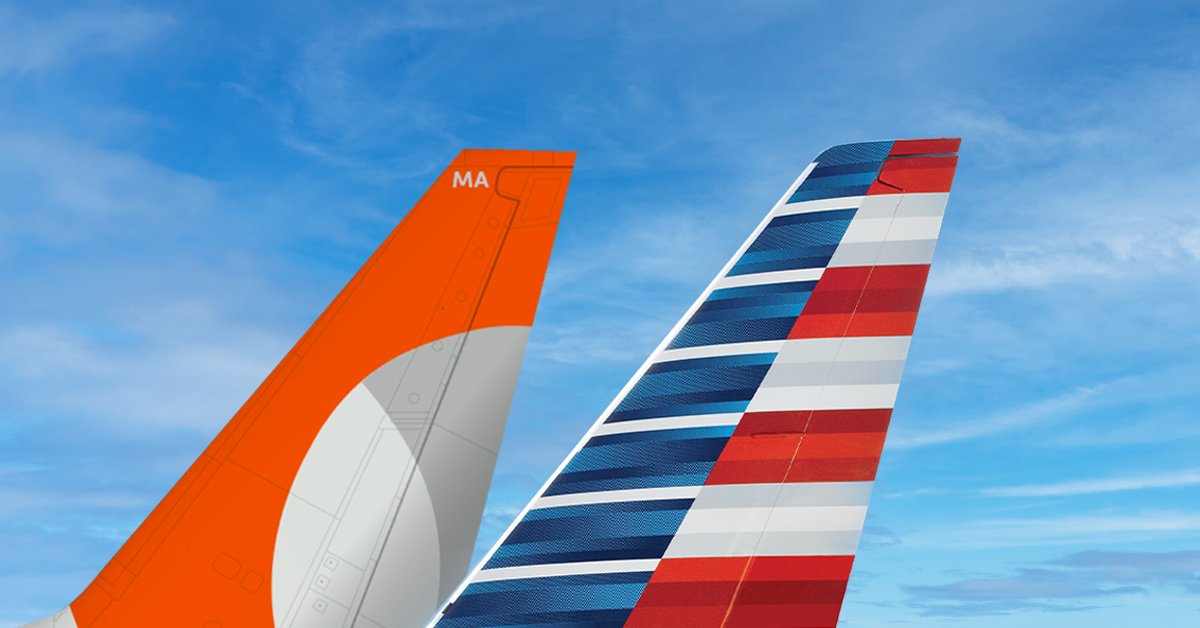At the start of the pandemic, we saw several airlines file for bankruptcy protection, given the unprecedented challenges the industry faced. This was especially true in Latin America, where we saw the three biggest airlines — Aeromexico, Avianca, and LATAM — all file for bankruptcy protection.
You can now add another airline to the list, as Brazil’s GOL has just filed for Chapter 11 bankruptcy protection in the United States.
In this post:
GOL files for Chapter 11, continuing to operate as usual
GOL has voluntarily filed for Chapter 11 bankruptcy in the United States, a legal process that will allow the airline to financially restructure under the supervision of a federal court, all while continuing to operate as normal.
GOL is entering this process with a commitment for $950 million in new debtor-in-possession financing, which should provide liquidity to support operations during the Chapter 11 process. GOL’s passenger flights, its GOLLOG cargo flights, the Smiles loyalty program, and all other company operations, are expected to continue operating as normal.
Here’s how GOL CEO Ceslo Ferrer describes this development:
“GOL has undertaken significant efforts to provide the best travel experience for our customers, while improving our profitability and financial position. We have made outstanding progress to date and believe that this process will allow us to fully address the challenges caused by the pandemic while we maintain our high standard of service to our customers. This process will enable GOL to further expand our position as a leading Latin American airline while maintaining our purpose of ‘Being the First for All.’ We are confident the steps we are taking will allow us to offer the lowest cost fares with exceptional travel experiences to our customers across an increasing number of routes. Our Employees will keep handling their daily activities looking after GOL Safety and quality of its flights. We are pleased to be moving forward with commitments for new capital that will help advance our long-term strategies, including improving affordability, the travel experience and Customer choice.”

Why GOL is in a rough financial spot
GOL actually has pretty good operating performance at the moment. In Q3 2023, the airline delivered among the best operating results in Latin America, with the highest net operating revenue for the carrier in history.
Unfortunately the problem for GOL is debt, which is getting more and more costly to service. The airline has over $4 billion in gross debt, and has struggled to recover from the impacts of the pandemic. So this is all about improving the company’s capital structure, just as we’ve seen other carriers in the region do.
This bankruptcy protection process will allow the airline to renegotiate some of its deals with both aircraft lessors and other creditors, hopefully setting the airline up for success in the future.
Keep in mind that in 2022, American bought a 5.2% stake in GOL for $200 million. This came after Delta invested in LATAM, leaving American without a partner in the region. American has historically been strong in Latin America, so the airline did what it could, and figured GOL was the next best option.
Prior to GOL’s partnership with American, the airline partnered with Delta. Even back then, Delta helped the airline refinance a $300 million loan that was due shortly, so GOL’s challenges with debt are nothing new.

Bottom line
Brazilian airline GOL has filed for bankruptcy protection, as the airline has over $4 billion in debt that it’s having a hard time servicing. The airline will use the Chapter 11 process to hopefully emerge stronger, just as we’ve seen other carriers in the region do.
While airlines have nicely recovered from the pandemic, many airlines had to take on a lot of debt, and cheap money isn’t as easy to come by as it once was.
What do you make of GOL filing for Chapter 11 bankruptcy protection?





Ben could you please write an explainer on how the big Latin American airline groups operate (LATAM and Avianca) across the various countries and subsidiaries, as you've done with the big European groups (IAG, LH Group and AF-KLM) operate?
That would be really helpful!
Thanks